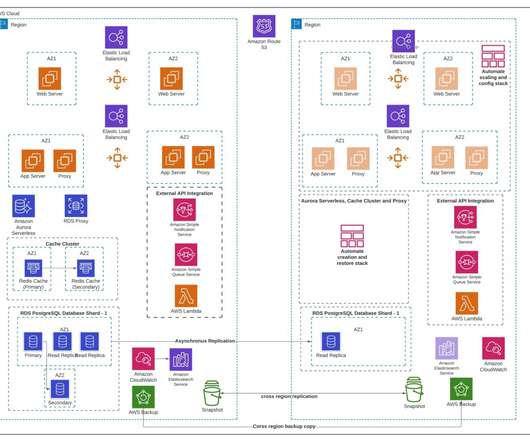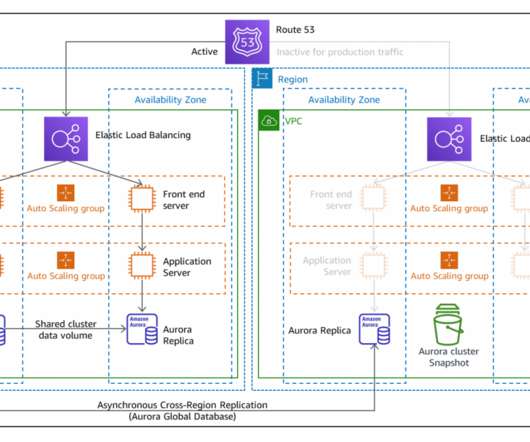Journey to Adopt Cloud-Native Architecture Series: #3 – Improved Resilience and Standardized Observability
AWS Disaster Recovery
APRIL 27, 2021
As a refresher from previous blogs, our example ecommerce company’s “Shoppers” application runs in the cloud. Earlier, we were able to restore from the backup but wanted to improve availability further. Centralized cross-account management with Cross-Region copy using AWS Backup. Related information. Centralized Logging.












Let's personalize your content